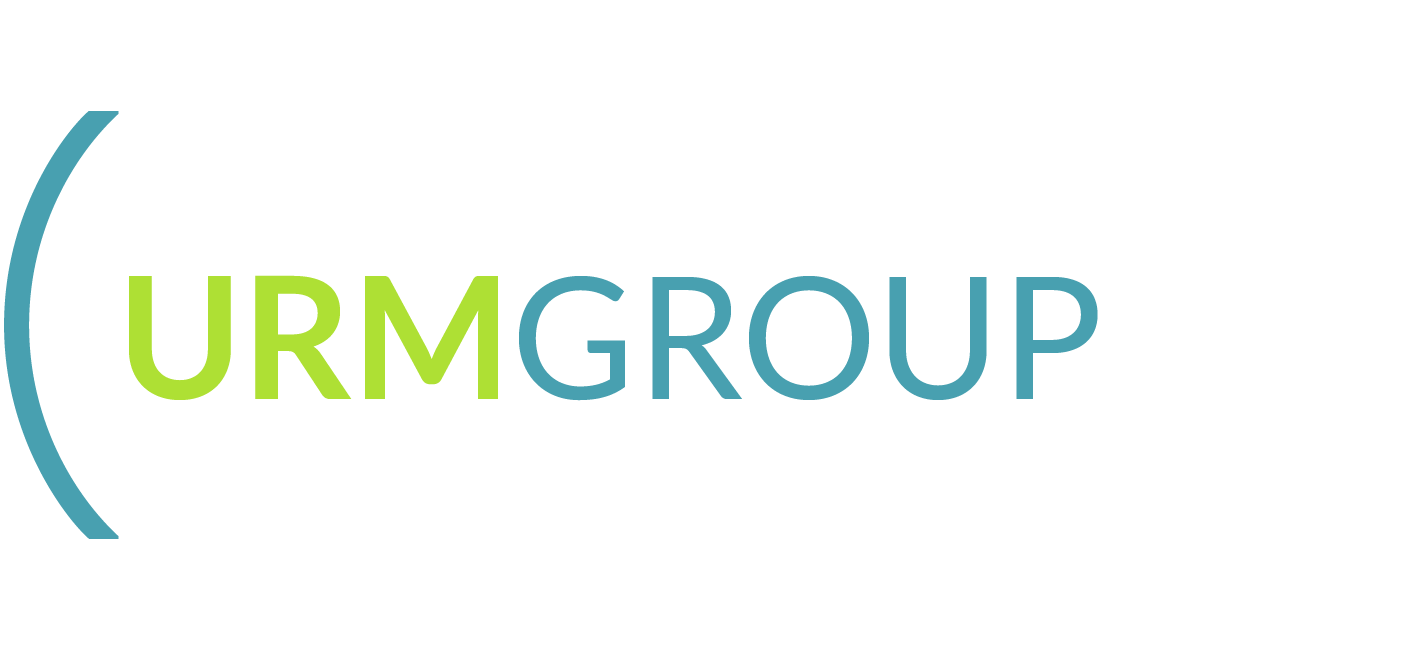Identifying Cost Saving Opportunities in Healthcare
The goal of many governments is to continuously improve the public health system efficiency by increasing preventive and proactive intervention, reducing any unnecessarily overhead due to multiple analysis and even diagnosis for the same case, and consolidating patient history to improve preparedness.
In a client case involving a government sponsored healthcare program, each citizen was attached to a binder that included all of his or her health and drug history, time series analyses, medical procedures, medical attributes and some projections that could help with follow-up tracking. This binder was available to medical and pharmaceutical personnel and was synchronized in case multiple doctors were involved. The gigantic national infrastructure necessary to support this level of information sharing formed one of the earliest applications of big data—(even before the popularization of the term).
Once the binders were implemented, the next challenge was to improve the speed of record updates and allow access to patient records 24/7 from anywhere in the medical network grid (around 37 large academic hospitals organized in 12 groups and tens of clinics and nursing homes). The introduction of smart cards allowed the goals to become a reality. With this improvement, the risks associated with late diagnosis, surveillance and patient record management efforts were reduced.
X-Act OBC Platform predictive emulation and risk management were used to evaluate the cost efficiency of a network of public hospitals serving a large metropolitan area and its suburbs. The hospital system offered healthcare to more than 7 million individuals with 5 million external consultations, 1.2 million beds, 1.1 million urgent care visits (1 every 30 seconds), 38,000 new births, and 1,200 organ transplants each year. Ninety thousand professionals, including 22,000 doctors, 51,000 hospital personnel, 16,000 nurses and 15,000 administrative personnel, served the needs of the constituents. Additionally, an average of 2,700 research projects in biomedicine with strong connection to the academic world were included under the same management structure.
The risk in this environment is predominantly operational. However as the system involves human safety, management of possible pandemic, and professional errors, legal, economic, reputation and administrative risks are present which require strong predictive analytics to control and alert stakeholders of any performance problems. Using our X-Act OBC Platform technologies and optimal business control (OBC) methodologies, we were able to help the government reduce the cost of healthcare by 9% and have plans for an additional reduction of 10% through the smart use of a universal database.
Through this project, we were able to construct a predictive platform that allowed the management to test decision scenarios and explore options to implement right-time control and surveillance. The technologies allowed stakeholders to anticipate risk and enhance mitigation plans as the system dynamics evolve or change. Having proven the solution through this project, it is our ambition to generalize the approach to cover the whole country. The expanded usage would allow a host of studies and research projects to take place in order to understand the origin, evolution, risk factors and correlations to internal and external influences of both rare and more recognizable maladies.



